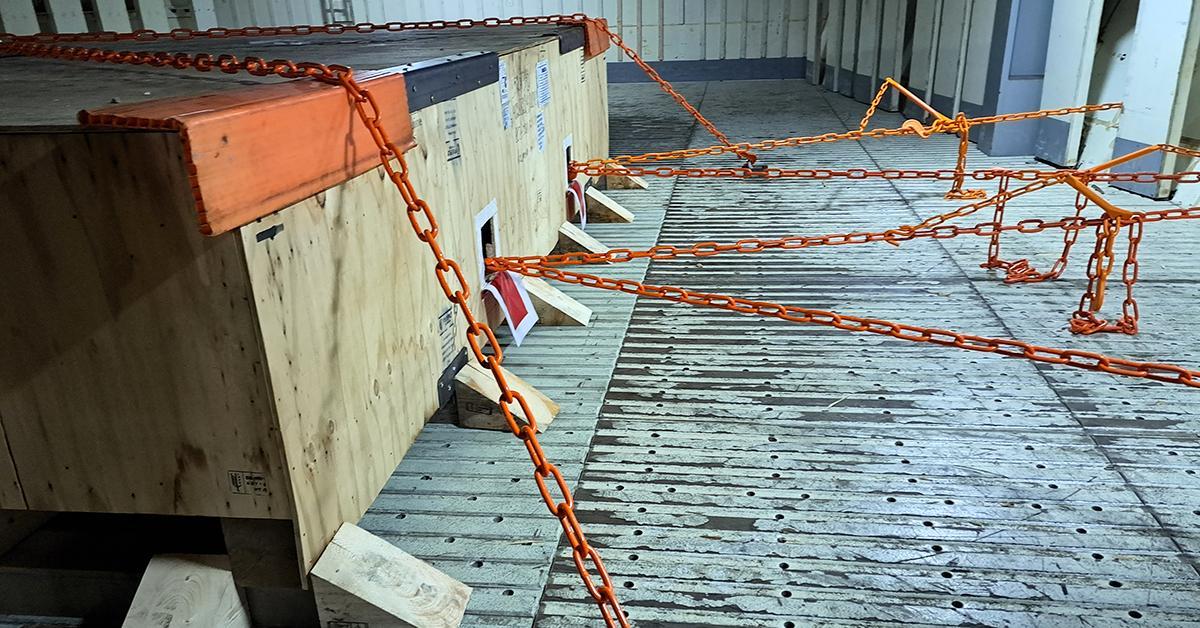
Remember these checkpoints while securing cargo
Ensuring the proper securing of cargo is crucial to maintain safety and prevent damage during transport. Whether dealing with bulky, heavy units or multiple items, following these checkpoints will help you securing cargo effectively and minimize the risk of incidents. Paying attention to potential sliding or tripping hazards, utilizing suitable securing points, and maintaining proper tension throughout the journey are essential considerations.
Guidelines for securing cargo
- Prioritize securement of bulky and heavy units
Even if the surrounding space is occupied by other cargo, it is vital to secure bulky and heavy units individually. Consider the potential for sliding or tripping and take appropriate measures to prevent such incidents. - Consolidate units into one block
Lash or secure multiple units together to create a solid block. This approach enhances stability and reduces the risk of shifting or displacement during transit. - Utilize permanent securing points
Identify and use designated securing points on the cargo itself. While these points are primarily intended for inland transport, they may not be suitable for securing other items on board ships. Ensure the cargo is fastened securely to these points. - Secure independent lashings to strong points
Properly fasten independent lashings to the strong points of the ship’s fittings and structure. Ideally, use the designated lashing points for added reliability. - Trim lashings for improved hold
Trim cargo lashings to the shortest length possible while still maintaining proper tension. This practice enhances the stability of the cargo and reduces the risk of lashings becoming loose or ineffective. - Maintain equal tension in multiple lashings
When using multiple lashings for a single item of cargo, ensure that the tension is evenly distributed. Avoid combining different material components with varying strengths and elasticity, as this can compromise the effectiveness of the securing system. - Regularly check and tighten cargo lashings
Continuously monitor the condition of cargo lashings during the passage. Periodically check for any signs of loosening or damage and promptly tighten or replace lashings as necessary.
Conclusion
By following these guidelines, you can enhance the security of your cargo during transport. Properly securing cargo, bulky and heavy units, consolidating multiple units, using appropriate securing points, and maintaining equal tension in lashings are key considerations. Regularly checking and tightening cargo lashings throughout the journey ensures the continued effectiveness of the securing system. Remember, prioritizing cargo security is essential for a safe and successful transportation experience.

